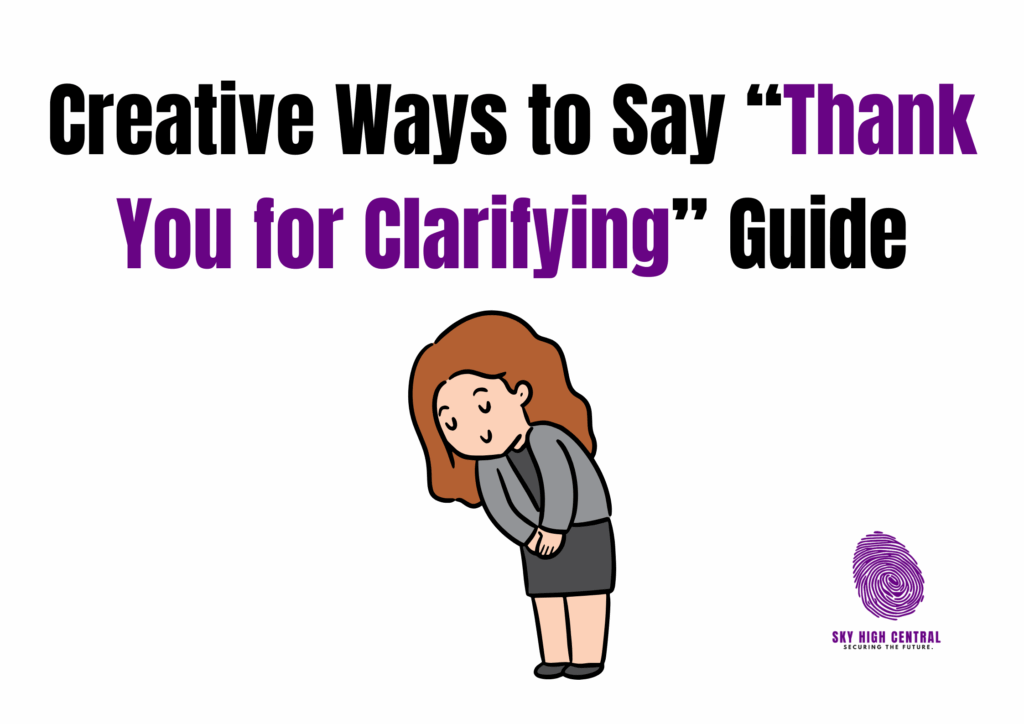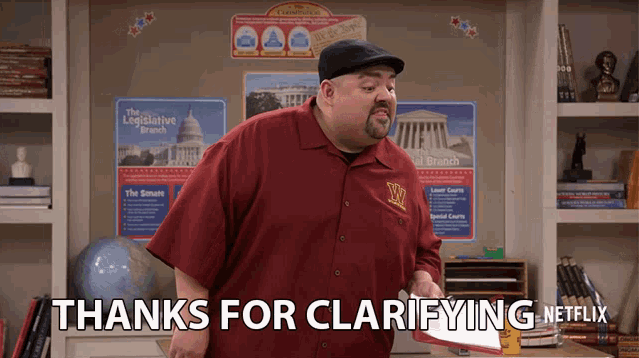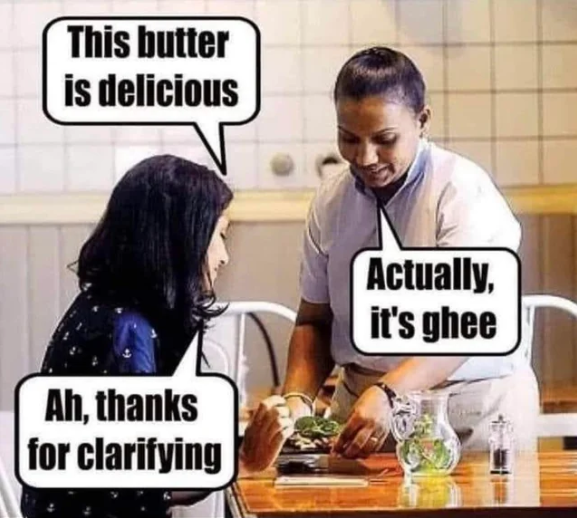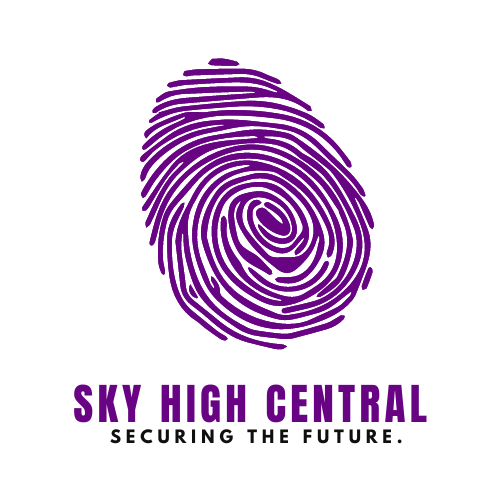When someone takes time to explain something more clearly, expressing appreciation becomes essential for maintaining positive relationships and encouraging open communication. People often find themselves using the same phrases repeatedly, leading them to search for fresh alternatives that feel more genuine and varied.

Why People Search for Alternative Thank You Phrases?
The drive to find different ways of saying “thank you for clarifying” stems from several practical needs. Professional environments demand varied communication styles to avoid sounding robotic or repetitive. When you’re constantly exchanging emails, participating in meetings, or engaging in lengthy discussions, using identical phrases can make your responses feel automated rather than heartfelt.
Social media interactions and digital communication have amplified this need. People want their messages to stand out and convey authentic gratitude rather than appearing copy-pasted. Additionally, different situations call for different levels of formality, and having multiple expressions at your disposal allows you to match the tone appropriately.
Professional Alternatives for Workplace Settings
In business environments, your choice of words reflects your communication skills and professionalism. Instead of the standard phrase, consider these options:
“I appreciate you taking the time to elaborate on that point” works well in formal meetings or when addressing senior colleagues. This phrase acknowledges both the information and the effort involved in providing it.
“Your explanation really helped me grasp the concept” demonstrates that the clarification achieved its purpose while showing you’re engaged and learning. This approach works particularly well when discussing complex topics or new procedures.
“Thanks for breaking that down for me” offers a more casual yet professional tone, perfect for team discussions or collaborative work sessions. It suggests the original information was complex and the speaker made it more accessible.
Casual Expressions for Everyday Conversations
Informal settings allow for more relaxed language that still conveys sincere appreciation. These alternatives work well with friends, family, or casual acquaintances:
“That makes so much more sense now” combines gratitude with confirmation that the clarification was effective. It’s conversational and shows immediate comprehension.
“Ah, got it! Thanks for spelling that out” adds enthusiasm while maintaining a friendly tone. The “ah” creates a moment of recognition that feels natural in spoken conversation.

“I really appreciate you clearing that up” strikes a balance between casual and sincere, making it versatile for various informal situations.
Creative and Unique Expressions
Sometimes standard phrases feel insufficient for the situation. These creative alternatives can help you express gratitude in memorable ways:
“You’ve shed light on something that was puzzling me” uses metaphorical language to make your appreciation more vivid and interesting.
“That explanation was exactly what I needed” focuses on the perfect timing or relevance of the clarification.
“Thanks for painting a clearer picture” employs visual metaphors that make your gratitude more engaging and memorable.
Digital Communication Adaptations
Online interactions often require slightly different approaches to convey tone effectively. When texting, emailing, or commenting on social platforms, these phrases work well:
“Super helpful clarification – thank you!” adds enthusiasm through the word “super” while keeping the message concise for digital formats.
“This explanation is golden, thanks!” uses contemporary language that feels authentic in digital spaces.
“Appreciate you taking the time to explain this thoroughly” acknowledges the effort involved while showing respect for the person’s time.
Cultural and Regional Variations
Different cultures and regions have unique ways of expressing gratitude that can add flavor to your communications:
“Cheers for clearing that up!” works well in British English or when communicating with international colleagues who use this expression.
“Much obliged for the explanation” has a slightly old-fashioned charm that can add personality to your communication style.
“Thanks a bunch for making that clearer” combines casual American English with genuine appreciation.
Situational Adaptations
The context of the clarification often determines the most appropriate response. When someone corrects a misunderstanding, “Thanks for setting me straight” acknowledges both the clarification and your previous confusion without embarrassment.
If someone provides technical details, “I appreciate you walking me through the specifics” recognizes the methodical nature of their explanation.
When receiving clarification about sensitive topics, “Thank you for your patience in explaining this” acknowledges that the subject might have required careful handling.
Building Stronger Relationships Through Varied Gratitude
Using diverse expressions of thanks accomplishes more than just avoiding repetition. It demonstrates emotional intelligence and communication skills that people notice and appreciate. When you vary your gratitude expressions, you show that you’re putting thought into your responses rather than defaulting to automatic phrases.
This variety also helps maintain engagement in ongoing conversations. When people receive different types of acknowledgment, they’re more likely to continue providing helpful information and explanations in the future.

Frequently Asked Questions
What’s the most professional way to thank someone for clarifying?
“I appreciate you taking the time to elaborate on that point” remains one of the most professional options, as it acknowledges both the information and the effort involved.
Can I use casual expressions in professional settings?
Moderately casual phrases like “Thanks for breaking that down” can work in collaborative team environments, but gauge your workplace culture first.
How do I avoid sounding repetitive in long email chains?
Rotate between different expressions and occasionally combine them with specific references to what was clarified, such as “Thanks for explaining the budget process in detail.”
Are there expressions that work well internationally?
Stick to clear, straightforward language like “Thank you for the explanation” or “I appreciate your clarification” when communicating across cultures.
What if someone’s clarification wasn’t actually helpful?
You can still be polite with phrases like “Thanks for taking the time to respond” while asking follow-up questions to get the information you need.
How formal should my gratitude be in academic settings?
Academic environments typically favor more formal expressions like “I appreciate your detailed explanation” or “Thank you for illuminating this concept.”
The key to effective gratitude lies in matching your expression to the situation while maintaining sincerity. Whether you choose a professional, casual, or creative approach, your genuine appreciation for someone’s effort to provide clarity will always be valued and remembered.
More Posts:
